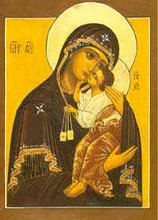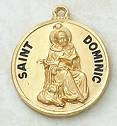There are two types of bonds atoms share. An ionic bond is fairly weak and formed between two atoms that have opposite charges. A covalent bond is strong. It occurs because each atom becomes unstable without a full compliment of electrons. Certain atoms are predisposed to share electrons with each other so the electron begins to orbit each atom in turn. These two atoms become strongly attached because now that both atoms have a full compliment of electrons they become stable and unwilling to part company and return to a state of instability.
When a cell needs a particular protein it sends a chemical message to the nucleus which unravels the appropriate stretch of DNA and manufactures the needed protein in the quantity required. A protein is not just any kind of molecule. The distinguishing mark of a protein is the presence of at least one peptide bond. A peptide bond between a group on an amino acid (containing a carbon atom, a hydrogen atom and two oxygen atoms) forms as a covalent bond to a group on another amino acid (containing a nitrogen atom and two hydrogen atoms). RNA strings a line of amino acids together in the order prescribed by the DNA. As the amino acid band comes to completion it begins to fold up on itself giving it a three dimensional shape called its conformation. It is through their conformation that proteins gain their function. Because of their shape they gain the ability to attach to other molecules and change them. The number of proteins needed for human life is not known, but it is in the tens of thousands! Each one of these proteins would have had to develop by chance, by mutation, without any order or direction if we were to hold strictly to evolution as an explanation of life on Earth.
Subscribe to:
Post Comments (Atom)





No comments:
Post a Comment